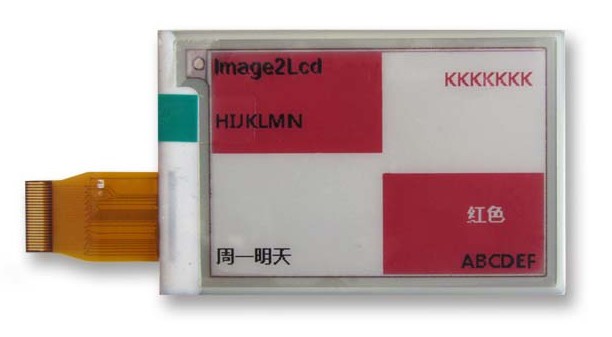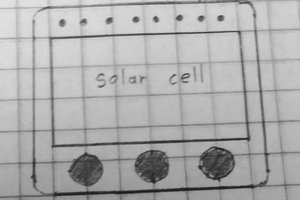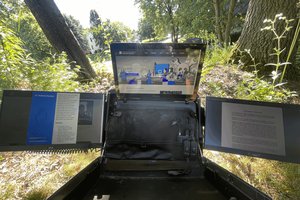In 2017 the global market for sticky notes was 2,190 million US$. One small sticky notes block weights 40 g and costs EUR 2.69, about $3. This means in 2017 there was 29,000 metric tons of sticky notes produced (maybe less, because of discount if you buy bigger packs). A pine tree, which is used for making paper, can weight 3 tons. Without leafs, branches and bark, maybe half of it can be used for making paper. This means about 20,000 trees per year are used just for making sticky notes, which covers about 10 football fields. And this is just for the paper itself. Then you need energy to make it, the glue, the yellow paint etc. This product helps to reduce this.
The concept is easy:
- start an app on your mobile phone
- enter a text or draw an image
- press the button on the eLabel to transfer the text or image
The eLabel uses Bluetooth Low Energy, which means it needs no complicated pairing with the phone, and it doesn't need much power, so it can be powered from solar cells.
Some of the ideas of this project are based on my WiFi ePaper project. But WiFi needs too much power for solar cells, and with an additional server etc. it is too complicated for a consumer product. This eLabel product is much simpler to use and has many applications:
- replaces sticky notes
- label for conference room schedule
- public notes on a bulletin board
- price labels
It uses solar cells to power it, ePaper to display the content, which doesn't need power, and one button to update the display with a smart phone. Additionally the access can be restricted with a password, so that it can be used for price labels and other information that not everyone are allowed to change. Inside the device is a button to reset the password.
 Frank Buss
Frank Buss






 Brian Whitsett
Brian Whitsett

 Jack Pearse
Jack Pearse
Look forward to seeing this come together. I would happily be the first in line to purchase, that coffee pot still needs a "Brewed X Hours Ago" sign.